William James Topley (1845, Montreal–1930, Vancouver)
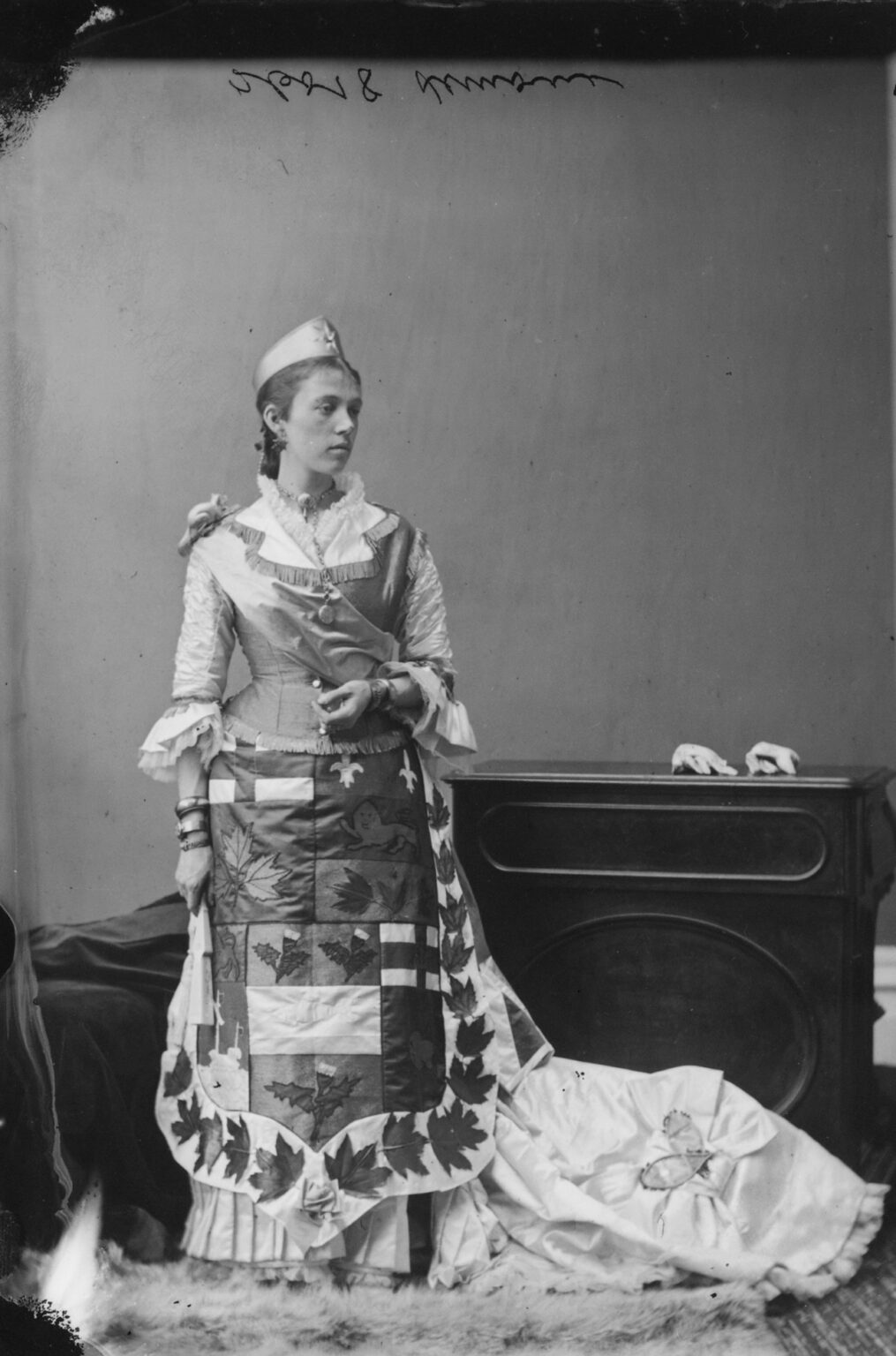
Mrs. Juchereau de St. Denis LeMoine is dressed as “The Dominion of Canada,” March 1876
Wet collodion glass plate negative, 16.5 x 11.3 cm
Library and Archives Canada, Ottawa
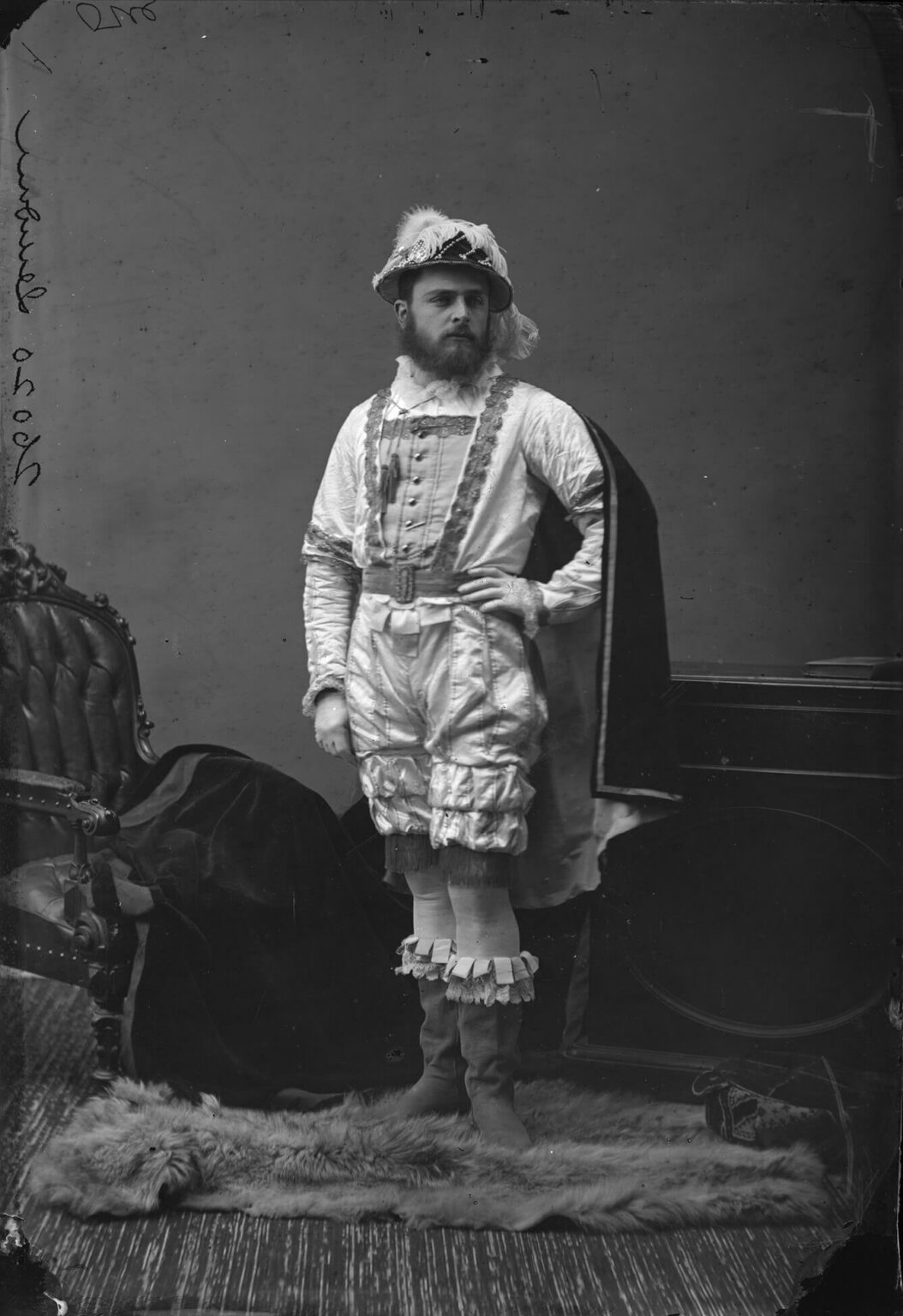
Mr. Juchereau de St. Denis Lemoine is dressed as “Jacques Cartier,” March 1876
Wet collodion glass plate negative, 16.5 x 11.3 cm
Library and Archives Canada, Ottawa
An elegant woman poses in an elaborate costume representing the Dominion of Canada, while her husband appears as Jacques Cartier, historically the first to ‘discover’ much of the country. This pair of portraits created by William James Topley (1845–1930) is part of a series of photographs taken to commemorate the first fancy dress ball in Canada, held in 1876 and hosted by the Governor General. The most successful photographer in Ottawa in the nineteenth century, Topley often captured government events, activities, or officials, but few commissions yielded images like these. Today Topley’s work provides unparalleled insight into visual culture in Ottawa in the decades after Confederation.
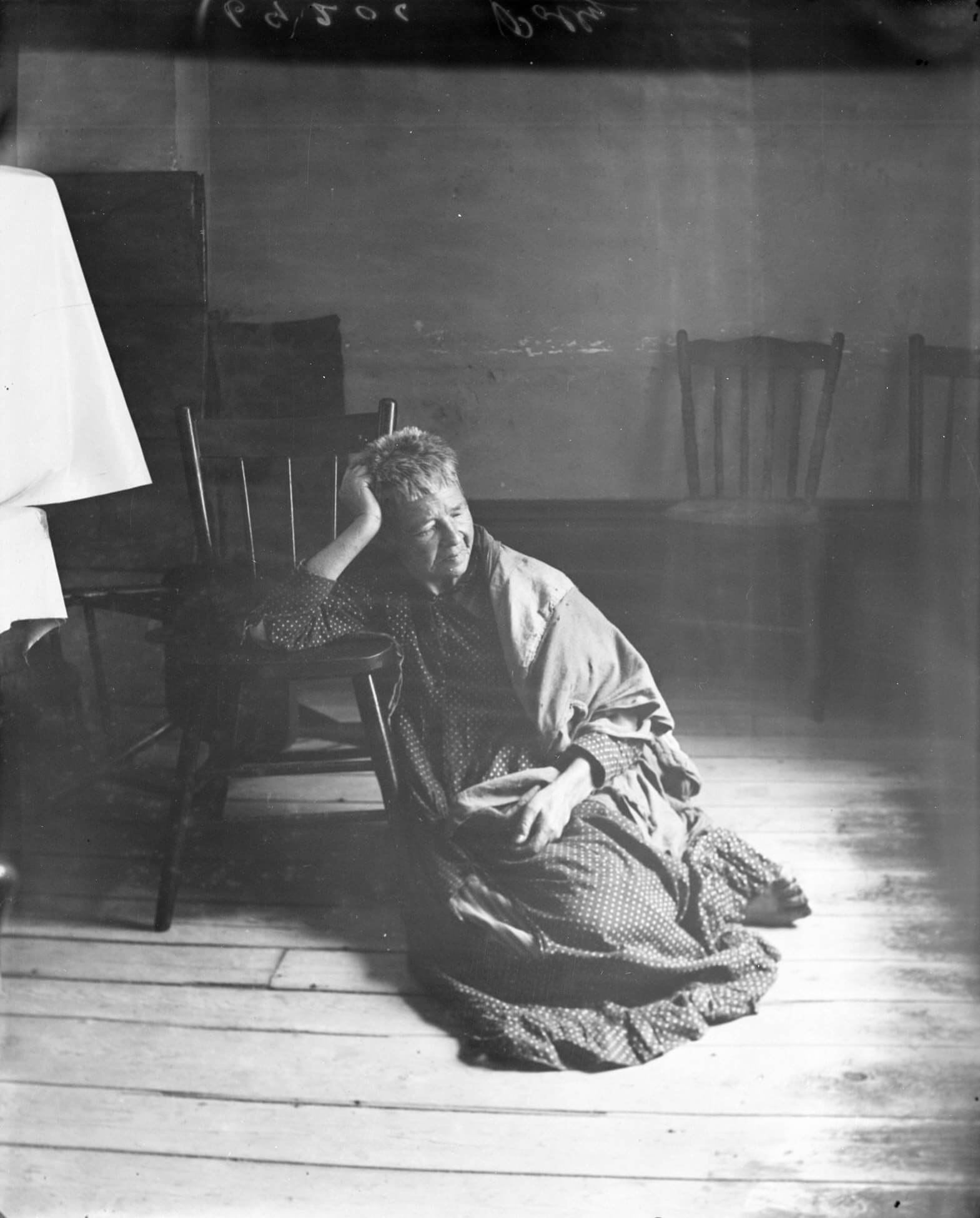
Topley was born in Montreal but raised in Aylmer. When he was a teenager, his mother bought him a camera from William Notman (1826–1891), and she gave him a series of lessons. After the family returned to Montreal a few years later, Topley apprenticed at Notman’s studio. In 1868, on the heels of Confederation, Notman placed Topley in charge of the new Notman studio in Ottawa, which was prominently located, across from the equally new Parliament Buildings. When Topley bought the studio in 1872 it was already attracting 2,300 sitters a year and he operated it continuously in various locations around the city until the 1920s. Although he focused mainly on elegant portraits, mostly of government figures, his studio also created and sold landscape views from across the country.
From Notman, Topley learned the technique and business value of making and selling composite photographs of large social events. He turned his Canadian costume portraits into an ambitious composition that represented the assembled party, and he also photographed the participants of skating carnivals, which were more common and accessible in the late nineteenth century. Those participants were often encouraged to dress in outlandish costumes.
Topley was also commissioned by the government to photograph people in less celebratory and elite contexts. He is known for an 1895 series depicting female prisoners in Ottawa, which includes works like Polly, an inmate at the Carleton County Gaol, as well as a 1910 series recording immigrants arriving by boat in the port of Quebec, such as Slavic Immigrants, Yanaluk Family, Quebec City. Both projects capture the humanity of the sitters in difficult circumstances.
In 1936, the federal government purchased the holdings of the Topley Studio, including 150,000 negatives (both glass and nitrate) as well as the logbooks and business records. Not only has the Topley collection become a crucial tool for historians, it is also one of few extensive records internationally of a nineteenth-century photographic studio.

 About the Authors
About the Authors
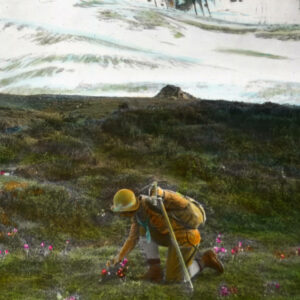 More Online Art Books
More Online Art Books
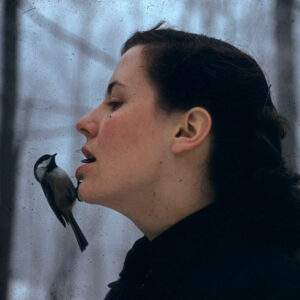 Acknowledgements
Acknowledgements